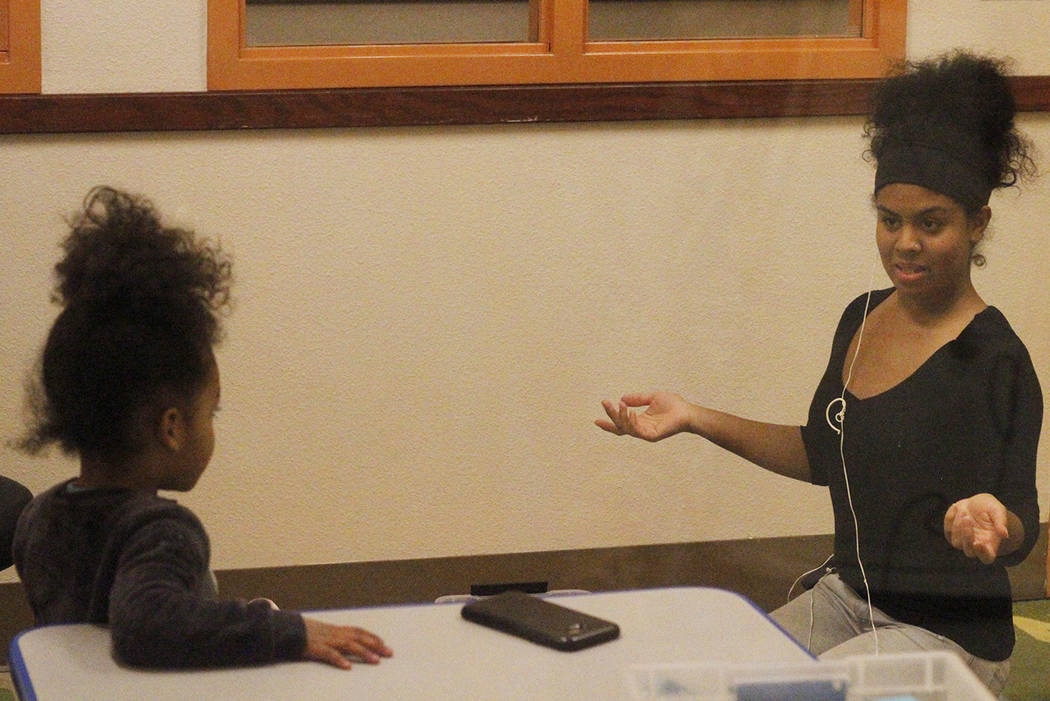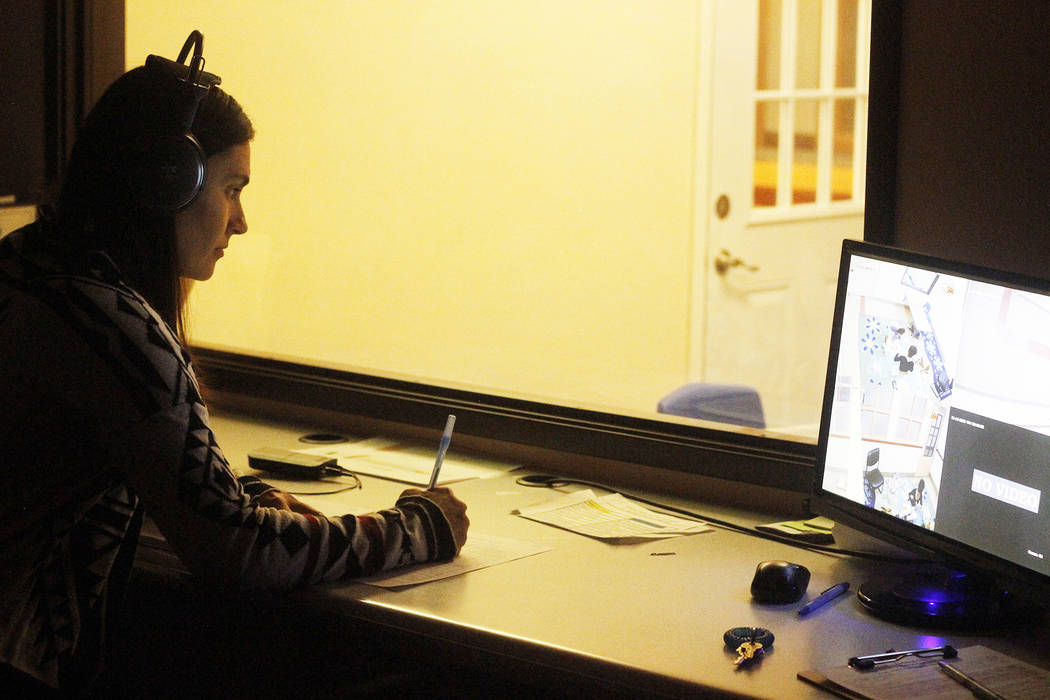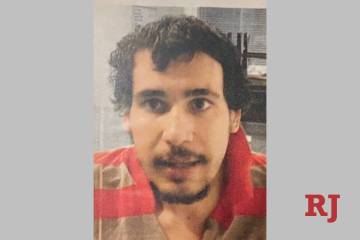North Las Vegas’ ‘Children First’ aids most-disruptive children
Melanie Tascione was 22 when her 3-year-old daughter started exhibiting signs of extreme anxiety and physcial harm. She was careful with her responses, she said, as she didn’t want her daughter to have a childhood like hers.
“I had a very abusive background,” said Tascione, now 23, of North Las Vegas. “And when I was older, I was in a foster home. I had to teach myself about discipline, and that’s why I was so lenient with my oldest child. I didn’t want her to have the same childhood as I did growing up.”
But her daughter’s behavior was getting out of control, Tascione said, adding, “She’d do things that just weren’t normal — hit herself until she saw blood, just seek attention in all these negative ways, and it was scaring me.”
When dropping her off at daycare one day, Tascione noticed a pamphlet that detailed the success of a program offered by Southern Nevada Children First called Parent-Child Interaction Therapy (PCIT). Feeling helpless, she signed up for the program, and a few months later completed it. She’s now participating in the program for the second time with her youngest daughter.
“Many of our clients are young mothers who don’t have much parenting experience,” said Aubany Glancz, PCIT therapist at Southern Nevada Children First. “We started the program in August 2016. Parents come to us because their kids are getting kicked out of daycares — kids with separation anxiety. A lot of times children with these issues have witnessed domestic violence. There’s usually some type of trauma or things they’ve been exposed to as young children. Sometimes it’s just organic. Some might have ADHD. They have these behaviors that are difficult for parents to manage.”
The program targets parents with children ages 2-7 who are exhibiting extremely disruptive behavior. The set up for the in-house therapy in an environment similar to that of an interrogation room. A therapist sits in a room on one side of a window that functions as a mirror on the other side, observing the behaviors of the parent and child in the adjacent room while guiding the parent through communicating with their child —teaching them discipline through a nonviolent approach. There are two phases; the first is child-led, and the next is parent-led.
“And it’s affordable, for the most part,” Glancz said. “Usually their insurance covers most of it, and the rest is covered by a grant we provide. The population we serve aren’t going to be people paying $200 a session. We wouldn’t feel right about doing that.”
Veronica Pineda is another mother who participated in the program. She was mortified to go in public with her 3-year-old son last year.
“He’d just fall out on the floor and scream uncontrollably,” Pineda said. “I didn’t know what to do with him; the crying and whining was just so bad. We would receive so much negative attention when we would go out. I would just get so embarrassed. I wanted to hide under a rock.”
She completed the program a few months ago.
”It definitely helped our relationship,” Pineda said. “Our special time together. Now, when we go out in public, if I tell him something, he listens. I don’t have to say it two or three times. I remember during the program, they would come to the grocery store with me and be behind me and observing me. I would have my headset on and they would tell me what I needed to do — exactly how to word things when I was speaking to him. It actually worked.”
Contact Mia Sims at msims@





























